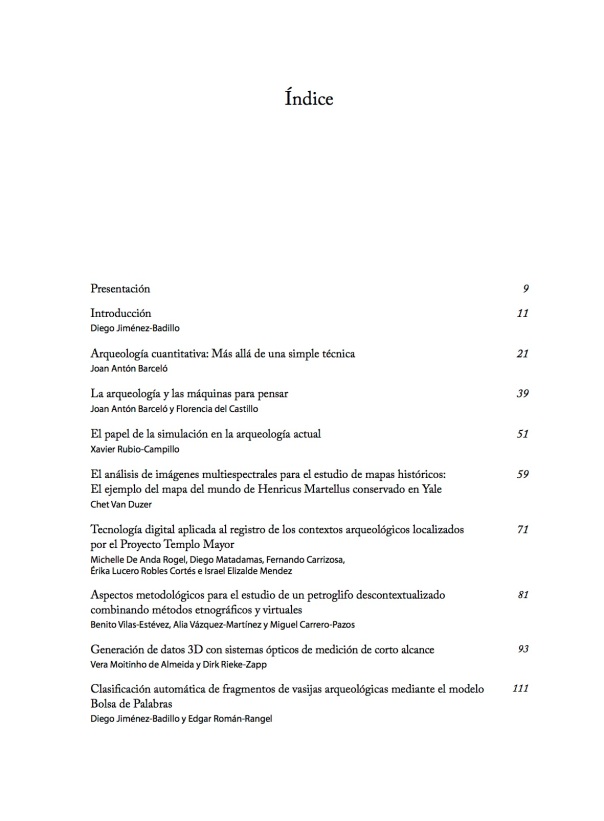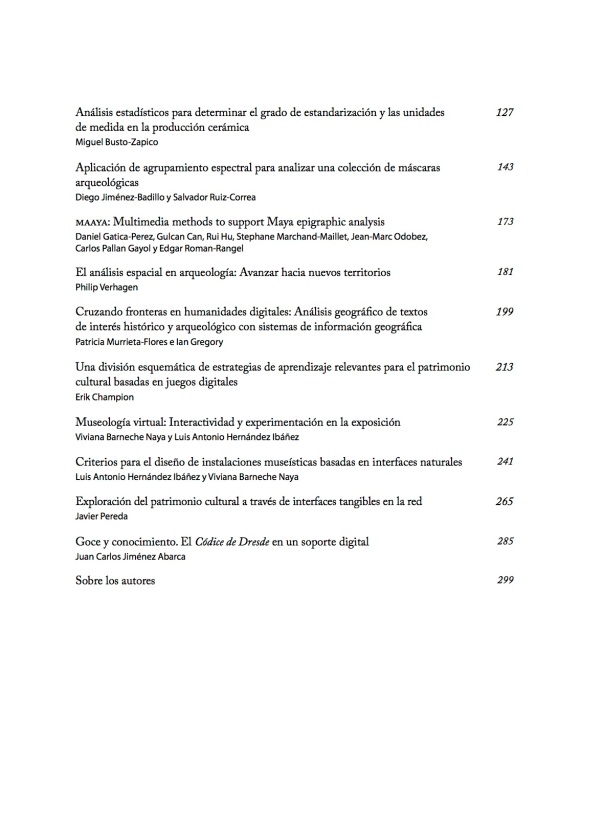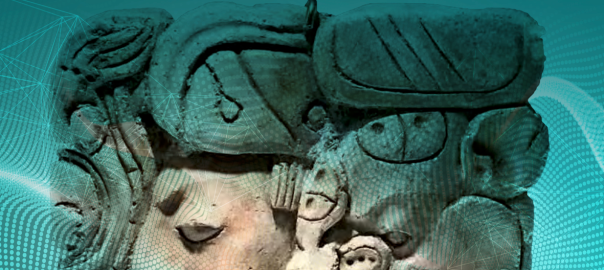The Red Tematica de Tecnologías Digitales para la Difusión del Patrimonio Cultural (Research Network on Digital Technologies for the Dissemination of Cultural Heritage) invited me to Mexico City on December 4 for their conference Human-Computer Interaction, Computer-Supported Cooperative Work and Interaction Design), I was asked to talk about the following:
We expect you to deliver a 45 minutes presentation, followed by 15 mins questions. It would be great if you can focus on your concept of interactive history and virtual reality, serious games, etc. The audience is composed by cultural heritage professionals (archaeologists, curators, museum personnel, librarians, etc.).
Does my below abstract sound like it is answering the above? I am not too sure:
Virtual Heritage Projects versus Digital Heritage Infrastructure
In this talk I provide my definition and perspective on Virtual Heritage and an overview of its major problems: obsolete, unreliable or overly expensive technology, a critical lack of evaluation studies, restricted interaction, low-impact pedagogical outcomes and limited community involvement. Despite two decades of research and advancing technological sophistication, the same problems are still evident. This suggests a more serious underlying issue: virtual heritage lacks a scholarly ecology, an overall system and community that provide feedback, management and scalability to virtual heritage research.
For example, in the call for the recent http://www.digitalheritage2015.org/ conference call (“The largest international scientific event on digital heritage”), evaluation is not a central issue, listed under Computer Graphics and Interaction, not under Analysis and Interpretation. And where is the focus on the user experience or examples of long-term infrastructure with feedback from the community and not just from IT professionals? Neither archaeologist nor technology expert is necessarily trained in user experience design. The projects described in papers are too often inaccessible and even less frequently preserved and the needs of the projected audience are seldom effectively evaluated.
As an antidote I will present some reflective ideas and methods, plus case studies that resolve or promise to help resolve some if not all of these issues. One way to address the importance of virtual heritage is to redefine it. I suggest virtual heritage is the attempt to convey not just the appearance but also the meaning and significance of cultural artefacts and the associated social agency that designed and used them, through the use of interactive and immersive digital media. As it has been a focus of my research I will also cover the usefulness but also danger of applying game-based design and game-based learning ideas to the development and preservation of Virtual Heritage.



